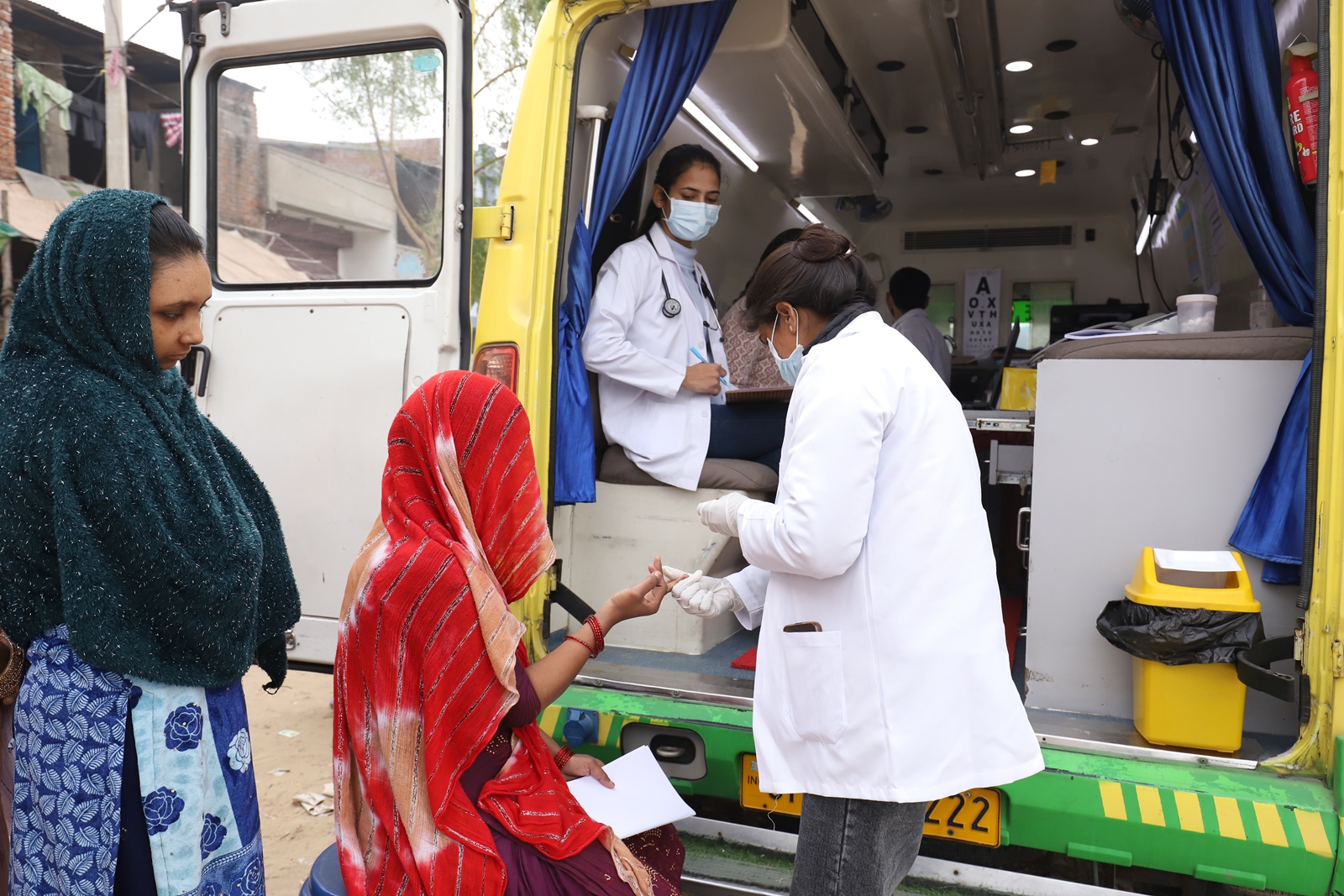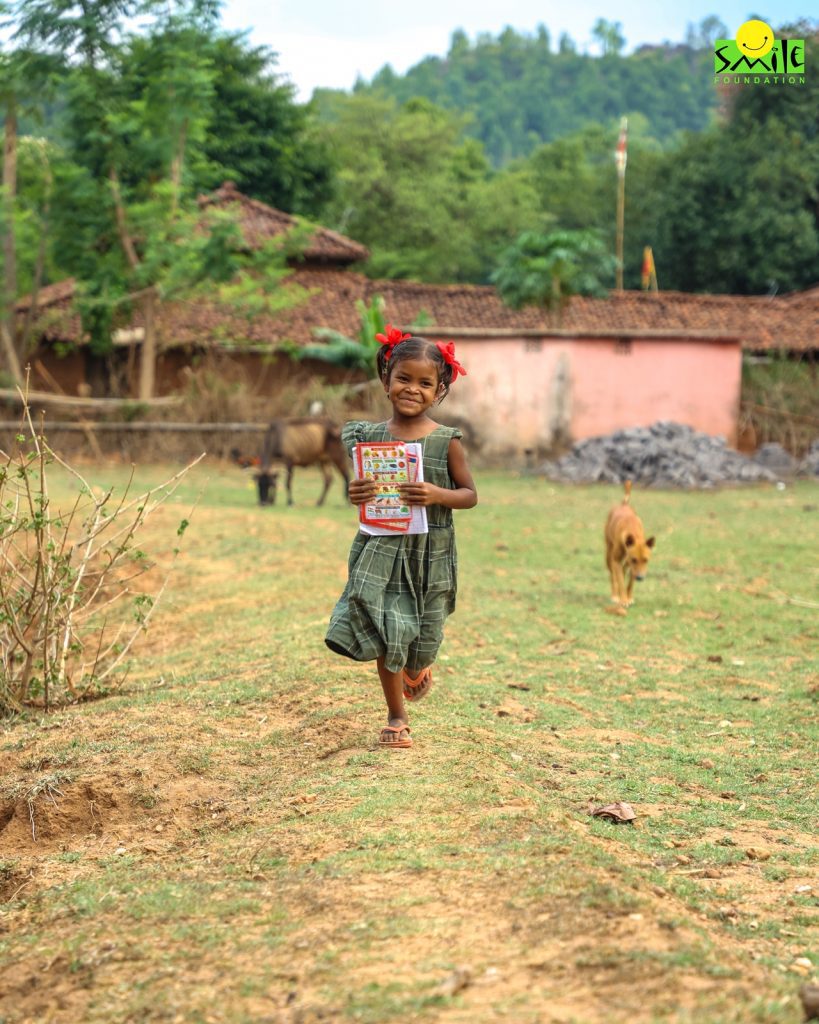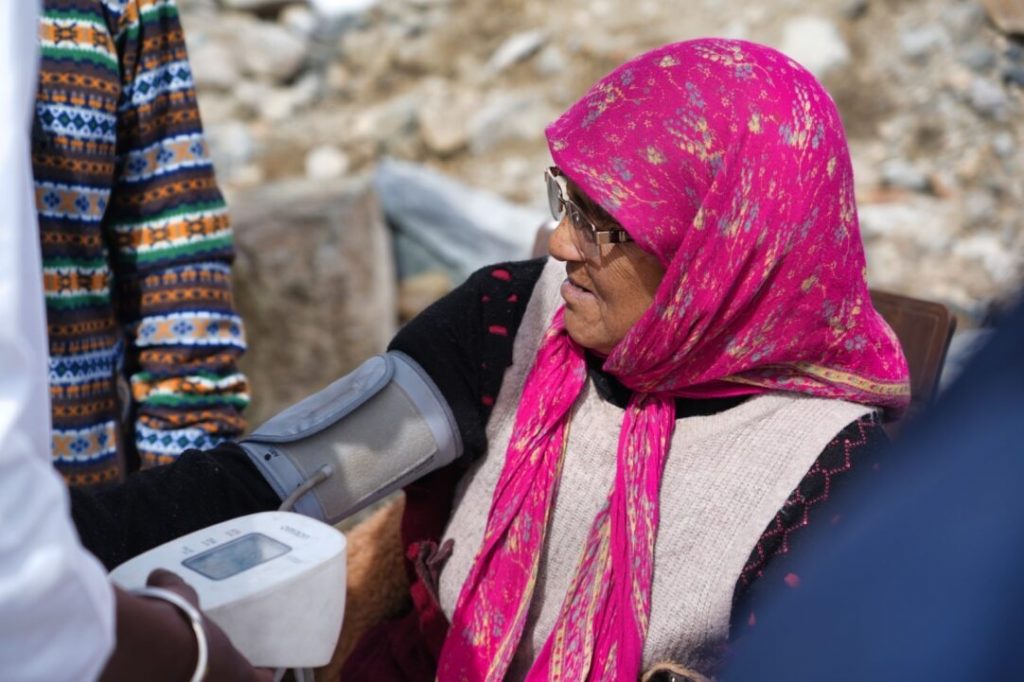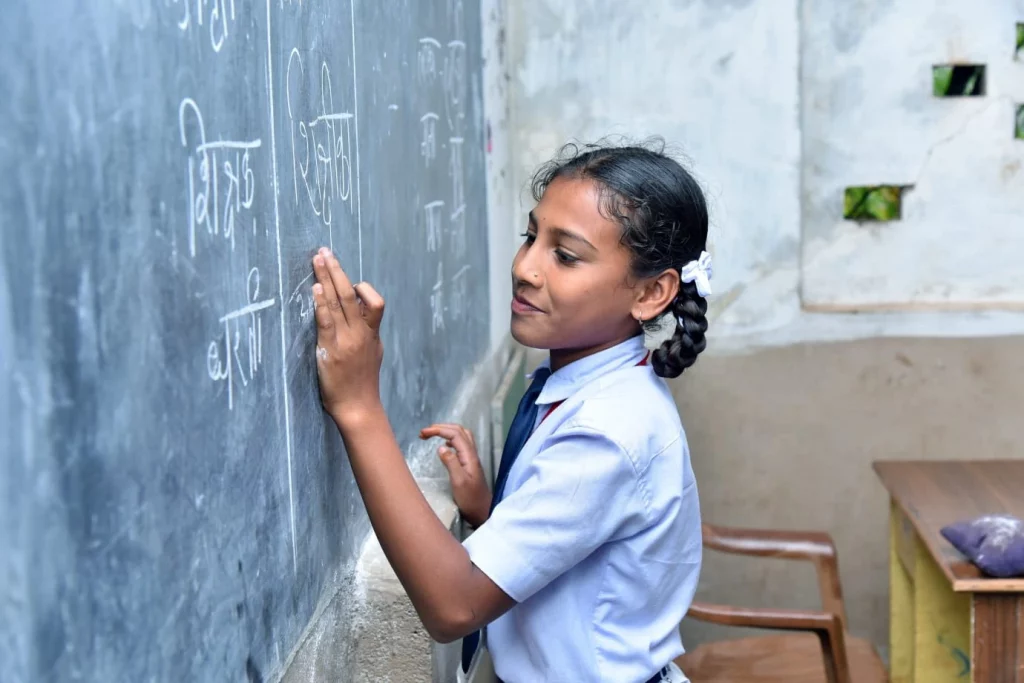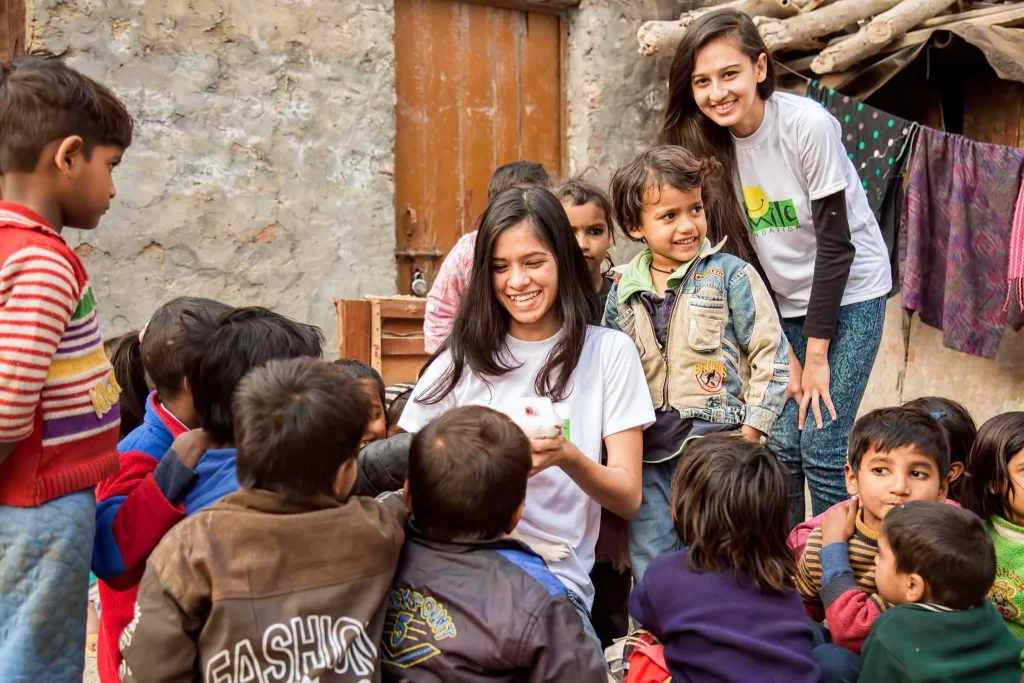Do you know that about 70% of those working in the healthcare sector are women globally? The number stands high despite the fact that women constitute only 40% of the global formal workforce. Though it is hard to believe for many, the statistics remain true to this date. At the same time, it is also true that many of them are employed in relatively low-paid jobs like nursing and midwifery, and they hardly make it to leadership positions. The situation is almost the same in India.
In India, only 29% of medical doctors are women, according to NSSO 2017-18 data. But at the same time, more than 80% of nursing staff, including midwifery, and 100% of Accredited Social Health Activists (ASHAs) are women. But, irrespective of the position they hold, these women have been working tirelessly. They have been visiting underserved areas every other day to educate them and connect them with healthcare sectors. As a result, the Maternal Mortality Rate (MMR) has fallen sharply from 130 lakh live births in 2014-16 to 97 lakh live births in 2018-20. These members are ensuring 100% institutional deliveries. MMR is just one of the numerous factors that has been bearing fruit for these women. Let’s discuss how women are running the healthcare sector in this article.
Women at the forefront of healthcare delivery in rural areas
It is an undeniable fact that women’s involvement spans various roles like healthcare workers, community health volunteers, and health entrepreneurs in the healthcare sector. Donning the hats, they have been creating significant impact in improving access to medical services, health education, and leading health initiatives. Their contributions have had a transformative impact, especially in rural, tribal, and other underserved areas of the country. Let’s see how women are leading in the field below.
1. ASHA workers
Rural India has no person who has not heard of ASHA workers. So is their involvement, contribution, and success. Launched in 2005 as a part of the country’s National Rural Health Mission, the programme was aimed at connecting marginalized communities to the healthcare system.
ASHA workers, who are community-based health workers, are responsible for providing basic health services, including maternal and child health care, family planning, promoting hygiene and sanitation, immunization drives, and raising awareness about nutrition and disease prevention. These women act as a bridge between the formal healthcare system and the rural population, ensuring that communities receive essential healthcare services on time.
Since ASHA workers are educated residents of the villages, they often become influential leaders. Their serious concern for the well-being of women and children also plays a vital role in creating a bond with the villagers. They are often seen as the advocates of good health. They often take the lead during health campaigns, educate their peers, and inspire others to engage with healthcare services.
India has about 10.47 lakh ASHAs as of March 2020, according to a statement released by the Ministry of Health and Family Welfare. The number makes it the world’s largest community volunteer programme.
2. Anganwadi workers
Anganwadi centres both in rural and urban areas, are held by women. They are honorary workers who are under the Integrated Child Development Services (ICDS) programme. The programme was originally launched in 1975 to combat malnutrition and child hunger.
Now, their work involves providing essential health and nutrition services to children and pregnant and lactating mothers. Being coined as a key pillar of the healthcare system, these women have turned themselves into a bridge between the government and the public. They are responsible for implementing all the health and welfare schemes launched by the government for women and children.
Anganwadi workers are responsible for providing supplementary nutrition, immunizations, health check-ups, and early childhood education. They play an essential role in reducing malnutrition, improving maternal health, and ensuring early childhood development in rural and tribal regions.
These workers organize community health camps and nutrition awareness sessions in promoting breastfeeding and hygiene practices among new mothers. They often serve as trusted figures in their communities, helping to change health behaviors and improve public health outcomes.
According to data, India has about 13.87 lakh Anganwadi and mini-Anganwadi centres as of March 31, 2021. According to a statement released by the Press Information Bureau, there were 13.48 lakh Anganwadi workers and 10.23 lakh Anganwadi helpers in the country as of December 2023.
Challenges faced by women in healthcare
Despite the tremendous work women do in ensuring rural healthcare delivery, they often end up facing a barrier after another. These challenges stem from socio-economic, cultural, and systemic issues and often impact their ability to provide quality care to the communities. Some of the key challenges are discussed below.
1. Lack of decision-making power: Women often struggle to be recognized as efficient decision-makers in both personal and professional lives. One of the main reasons is the gender stereotype. In many conservative societies, including India, people refuse to see women on par with men. Despite their qualifications and expertise, these women often face resistance from their patients, who refuse to accept without talking to their superiors. Lack of women in superior posts also deteriorates the trust in them.
2. Stigma around women’s health issues: Women’s health, including reproductive health, menstruation, and maternal care, is considered a social taboo in many rural parts of the country even today. The attached stigma makes it extremely difficult for the healthcare providers to address these issues openly and patiently. If a worker tries to break the stigma and attempts to talk openly about it, people refuse to cooperate with her.
3. Limited access for upskilling: Healthcare workers have limited formal education or insufficient training in modern medical practices. Although programmes including ASHAs offer some kind of training to the workers, there is still a gap in advanced knowledge and skills. Also, due to long working hours, traveling to remote areas, and dealing with a high volume of patients, they get exhausted both physically and mentally. These factors in turn hinder the growth of women healthcare workers’ skills and qualifications.
Smile and women leading its healthcare initiatives
Smile Foundation’s healthcare initiatives are significantly bolstered by the contributions of women healthcare workers, particularly through programs like Smile on Wheels and Swabhiman.
Smile on Wheels: Our mobile hospital program delivers primary healthcare services to underserved communities across India. Women healthcare professionals, including doctors, nurses, and community health workers, play a pivotal role in these mobile units. They conduct medical consultations, administer treatments, and lead health awareness campaigns, focusing on maternal and child health, nutrition, and hygiene. Their efforts ensure that quality healthcare reaches marginalized populations, addressing both preventive and curative needs.
Swabhiman: As part of the Swabhiman initiative, Smile Foundation empowers women to become frontline health workers within their communities. These trained women provide essential health education, facilitate access to medical services, and support initiatives aimed at improving public health outcomes. By engaging local women, the program enhances trust and effectiveness in health interventions, leading to strengthened grassroots healthcare systems.
Through these programs, women healthcare workers are instrumental in delivering medical services and fostering community engagement, education, and empowerment, thereby contributing to the overall success of Smile Foundation’s health initiatives.
Women in the healthcare sector in underserved areas of India play a crucial factor in improving healthcare access, outcomes, and community well-being. Women healthcare leaders such as ASHA workers, Anganwadi workers, doctors, and nurses are breaking barriers, transforming communities, and providing essential health services to those who need them the most. With continued investment in training, resources, and recognition, these women can play an even more significant role in shaping the future of healthcare in rural and underserved regions.

